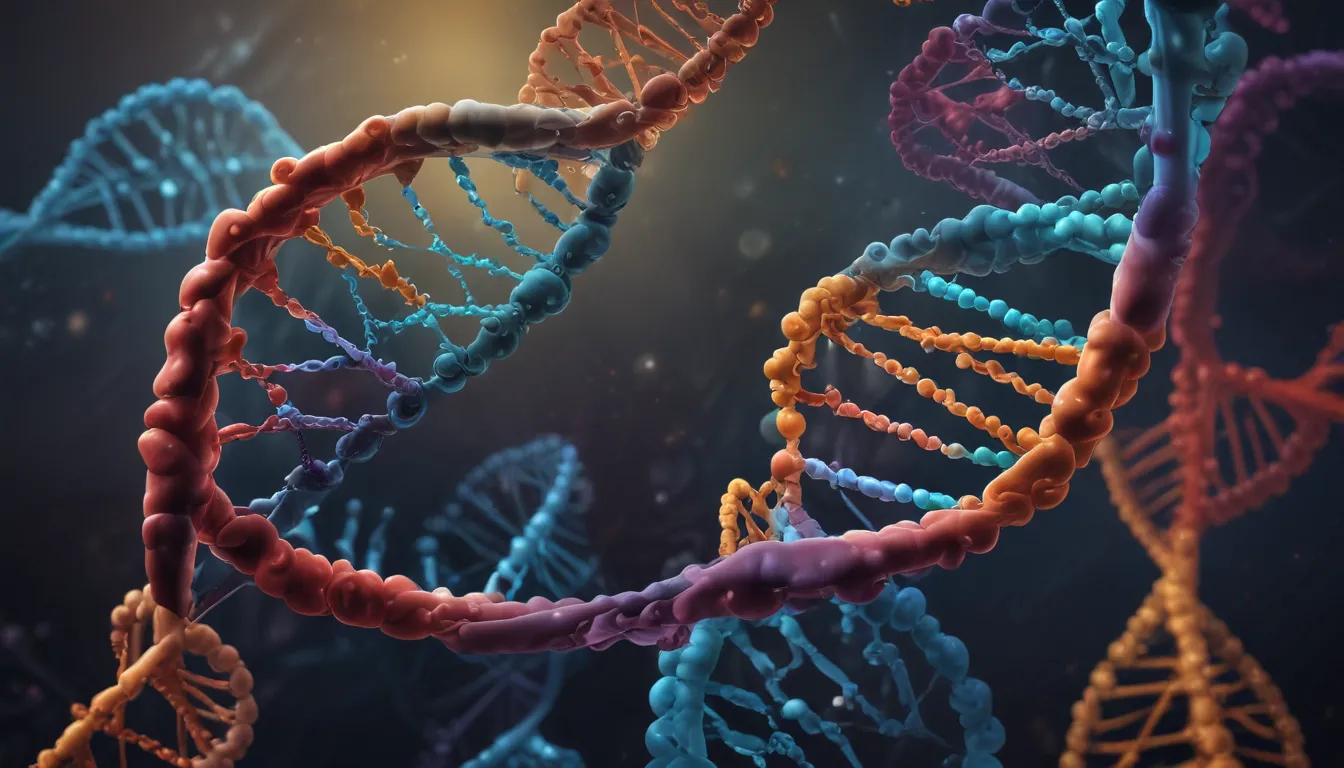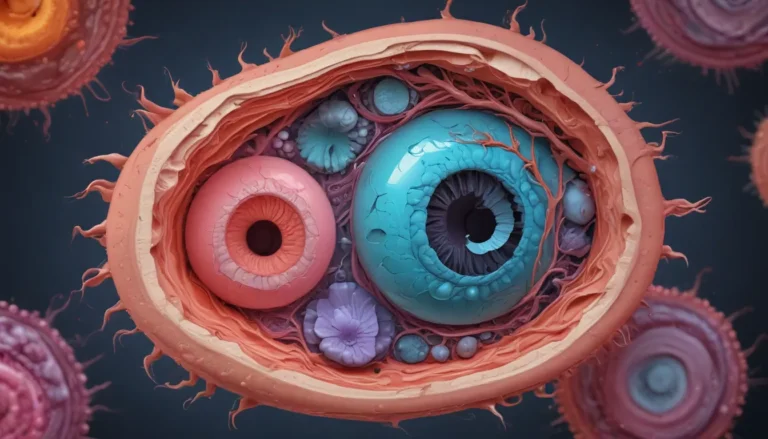A Note About Images: The images used in our articles are for illustration purposes only and may not exactly match the content. They are meant to engage readers, but the text should be relied upon for accurate information.
Are you ready to embark on a scientific journey into the fascinating world of DNA primase? This crucial enzyme plays a vital role in DNA replication, ensuring the accuracy and efficiency of the process. In this article, we will explore 11 intriguing facts about DNA primase that will deepen your understanding of its significance in genetic stability and cellular processes.
Unraveling the Mysteries of DNA Primase
DNA primase is like a superhero in the realm of DNA replication, kicking off the process by creating a short RNA primer. This essential step sets the stage for DNA polymerase to elongate the primer and generate new DNA strands. Without DNA primase, cells would struggle to replicate their DNA accurately, potentially leading to genetic disorders or cell death.
The Crucial Role of DNA Primase
- Initiating DNA Replication: DNA primase is a crucial enzyme that synthesizes a short RNA primer, serving as the starting point for DNA synthesis.
- Ensuring Accuracy: By attaching to the DNA template and adding the necessary RNA nucleotides, DNA primase signals DNA polymerase to begin synthesizing DNA, ensuring accuracy in replication.
- Participation in DNA Repair: DNA primase also plays a role in DNA repair processes by generating RNA primers near damaged DNA strands, initiating the repair mechanism to restore the DNA sequence.
The Dynamic World of DNA Primase
- Component of the Replisome: DNA primase is a key player in the replisome, a protein complex responsible for DNA replication. Alongside enzymes like DNA polymerase and helicase, DNA primase ensures the smooth progression of replication.
- Popularity Among Prokaryotes: While more commonly found in prokaryotes like bacteria, DNA primase also exists in eukaryotes, maintaining its essential role in replication.
The Intricacies of DNA Primase Function
- Role in Replication Fork Formation: DNA primase participates in the formation of replication forks, synthesizing RNA primers on the lagging strand to facilitate the production of Okazaki fragments.
- Dependency on DNA Template: For RNA primer synthesis, DNA primase requires a DNA template strand to bind to, synthesizing complementary RNA primers.
- Specific Nucleotide Binding Site: With a highly specific nucleotide binding site, DNA primase selectively binds to the necessary RNA nucleotides to form the primer sequence.
Harmonious Collaboration in DNA Replication
- Tandem Work with DNA Polymerase: DNA primase and DNA polymerase work hand in hand during replication. DNA primase synthesizes the RNA primer, which DNA polymerase then elongates to form the new DNA strand.
- Essential for Cell Viability: DNA primase is indispensable for accurate DNA replication. Without it, cells would face challenges in replicating DNA, potentially leading to genetic disorders or cell death.
- High Specificity: DNA primase exhibits a high specificity for the DNA template it binds to, ensuring accurate synthesis of RNA primers.
Unveiling the Significance of DNA Primase
Understanding the critical role of DNA primase in DNA replication, repair, and genetic stability enhances our knowledge of the fundamental processes that underpin life itself. The intricate mechanisms of DNA primase contribute significantly to ensuring the faithful replication of DNA, safeguarding our genetic information.
Conclusion: Embracing the Wonders of DNA Primase
As we unravel the mysteries of DNA primase, we uncover its essential role in DNA replication and repair. By exploring the intriguing characteristics of this enzyme, we deepen our understanding of its significance in cellular processes. With each discovery, we pave the way for groundbreaking advancements in genetics, biotechnology, and medicine.
As we continue to explore the captivating world of DNA primase, we anticipate further revelations that will broaden our understanding of this vital enzyme and its profound implications in molecular biology. Remember, DNA primase is not just a component of DNA replication; it is a key player in the intricate dance of life itself.
FAQs: Delving Deeper into DNA Primase
- Function of DNA Primase: DNA primase synthesizes short RNA primers that serve as templates for DNA synthesis during replication.
- Collaboration with DNA Polymerase: DNA primase synthesizes RNA primers, which are elongated by DNA polymerase to form DNA strands.
- Variability Across Organisms: Different organisms have varying types of DNA primase, with bacteria possessing a single enzyme and eukaryotes having multiple types.
- Involvement in DNA Repair: DNA primase participates in DNA repair mechanisms, synthesizing primers on damaged DNA strands.
- Link to Diseases: Mutations in DNA primase genes can lead to hereditary diseases and genetic disorders.
- Regulation in Cells: DNA primase activity is tightly regulated by various factors and signaling pathways to ensure accurate DNA replication.
- Therapeutic Potential: Given its essential role, DNA primase is a potential target for developing novel drugs and therapies for specific diseases.
The journey through DNA primase’s intricate world is just the beginning of a fascinating exploration in molecular biology. Dive deeper into the realms of DNA synthesis and biotechnology, and discover the remarkable enzymes that shape life as we know it. Join us on this journey of discovery and learning, as we delve into the wonders of DNA primase and uncover the mysteries of molecular biology.






